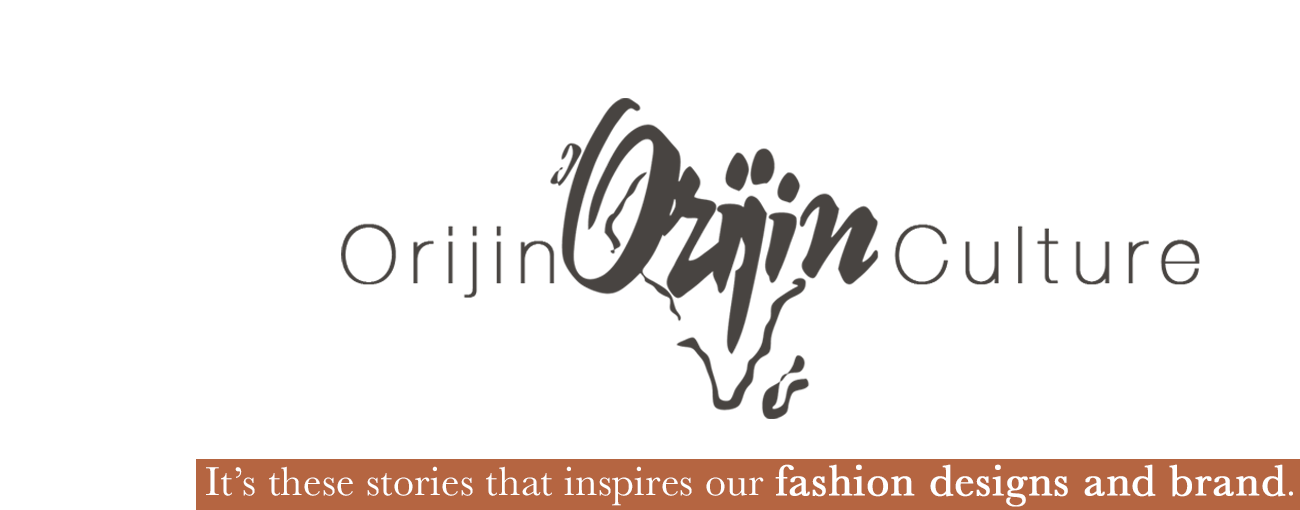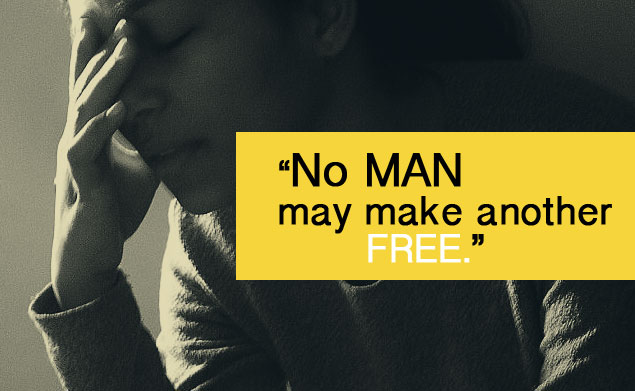New Media, New You

“No man may make another free.” These profound words were spoken by writer and anthropologist, Zora Neale Hurston. When it comes to freeing ourselves from the images of the past, Black women find themselves poised with the power to make themselves free. On top of freeing ourselves from unhealthy relationships and attitudes, Black women seek liberty from old caricatures created for the purpose of public consumption and high comedic value which we have grown accustomed to. In the media, we have fewer caricatures of Black women, except for the hold outs of the stereotypical Mammy still found in films where men wear dresses, padding and makeup, and are armed with heavy doses of attitude. I will not mention any names here, but all the readers know the images that I am referring to.
Surely, we have come a long way on the journey toward freedom from these historic and contemporary images. However, some misconceptions remain, evidenced by the films mentioned above. We also see this vilification of Black women in so-called science magazines such as the recent Psychology Today magazine article. Under the guise of ‘analysis’, the author stated data that showed Black women are viewed as less attractive than other women. The fact that the author devised such a preposterous study—and the magazine published it—speaks volumes about a certain segment of society that still denigrates Black women.
It begs a question about the ways in which Black women themselves wish to be portrayed, and what is being done about the spread of these alternate images of Black women. It seems as if the new and booming New Media offers a tremendous opportunity to take the reigns and direct the creation of more multi-faceted images that reflect the beauty of these women.
New Media is alive and well. Its offerings change daily. Its many faces include, but are not limited to: Internet, Web sites, Webisodes and video programming sites (such as YouTube, Vimeo, etc.), video games, computer games, CD-ROMS and DVDs and print media that offer digital interactivity. There are a growing list of Web series produced, written and starring Black women such as “The Misadventures of Awkward Black Girl” (created by Issa Rae), “CHICK-Within Me Lives a Superhero” (produced by Kai Soremekun), “Afro City” (written and produced by Rhonda Ray), and “The New Twenties” (written and produced by Tracy Taylor and Maurice Dwyer). New Media offers low-cost and easy posting capabilities. All you need are creative vision, a computer, camera and Internet connection to share your vision with the world.

"The New Twenties" Webseries Produced by Tracy Taylor and Maurice Dwyer
Questions remain. What images do we hope to see? What are your favorite examples of work out there in the US and throughout the Diaspora? What are you doing to use this new media to transform images of Black women? The true stories of our lives, passions and desires remain unwritten. I welcome your thoughts and questions on this blog. As Ms. Hurston said, “There are years that ask questions and years that answer.”
Indigo Thread: Women of Vision and Purpose is a column on Orijin Blog and Magazine. The column focuses on Black women in the media and other areas of society, including social, cultural, economic and spiritual. The blog appears on Wednesdays, and the magazine version of the column appears in each edition of the publication. It is written by anthropologist and actress, Michelle Flowers, who is based in Los Angeles, CA.

Latest posts by michelleflowers (see all)
- The Lark of Music: Cuban Soprano - November 26, 2014
- Killing Us Softly & Often - February 16, 2014
- Kellie Dantzler: Living a Life of Joy, Grace, and Purpose - February 25, 2013







